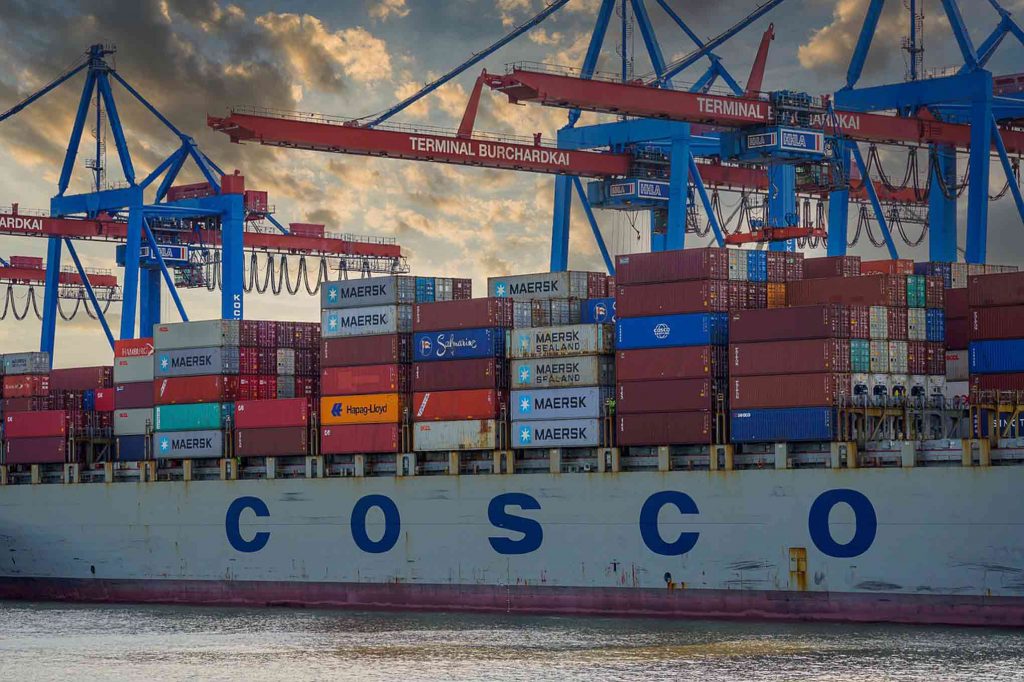What’s behind the current global supply chain disruptions and how a holistic approach in 2022 could mitigate risk.
According to a recent study, 72% of C-suite executives across industries are worried about losing their jobs in 2022 because of business disruptions. This tracks closely with the 94 % of bosses who say their corporate models need to be overhauled.
Forces like the supply chain disruptions and labor market shortages are all playing out simultaneously and topped the executives’ lists of concerns. In 2021 companies scrambled to adjust operations as they contended with the pandemic, severe weather, high demand, growing port congestion and manufacturing delays.
Hurricane Ida and a February deep freeze in Texas rippled through the petrochemical supply chain, disrupting production of resins, plastics and other materials used in everyday products. Plus, terminal closures further delayed cargo shipments and exacerbated congestion.

The story of the global supply chain disruptions in 2021 is complex. As COVID-19 vaccines became widely available in the United States and the economy reopened, consumer demand recovered strongly. The pandemic-induced increase in demand for goods persisted as demand for services (dining out, entertainment, travel, etc.) started to return to pre-pandemic levels. Companies, which for decades had adopted the “just-in-time” supply chain model, holding little inventory – scrambled to keep up.
At the same time, companies in critical sectors such as warehousing struggled to attract and retain workers. These factors, along with years of a deteriorating U.S. infrastructure, saw shipping containers piling up at major ports and ships waiting for weeks to dock. As a result, consumers around the country saw sparse shelves and higher prices.
Even prior to the pandemic, supply chains, despite their efficiency, have long proven difficult to manage. Because each “link” in the chain receives limited information about a product, slight changes in demand at one end can cause substantial changes in production at the other.
For 2022, organizations will require a better understanding and more visibility into their supply chains to be proactive as early as possible when disruptions occur or when a disaster strikes.
Taking a “holistic approach” and having a better understanding of the needs of the organizations supply chains, their complexities, intricacies, and nuances will all create an immediate strategic advantage for an enterprise.
Companies in all industries should look to reduce variability in the supply chain processes, increase agility for problem resolution, reduce supply chain operating costs, enable lean supply chain operations, and increase operating efficiency.
